GrowinVeggiesInSC
Garden Ornament
I need everyones' help again. I am hoping someone here can tell me what this is as I have not had luck with books and the internet.
The first two pictures are of one of my cucumber leaves. I noticed this morning that many of them are starting to look like this. At first I thought "eek, mosaic virus!!!" but it doesn't look like the pics I've seen.
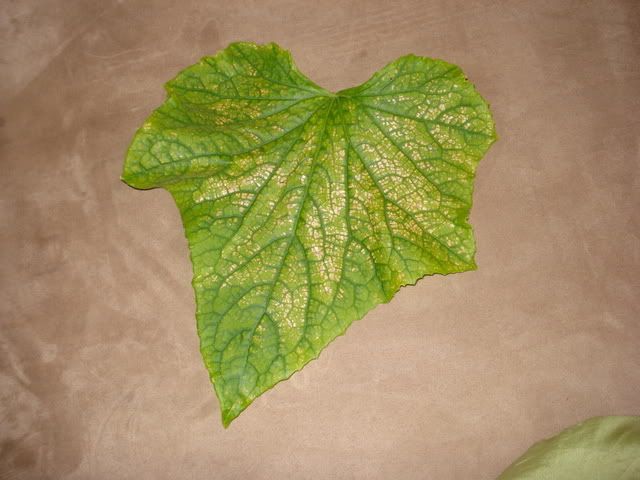
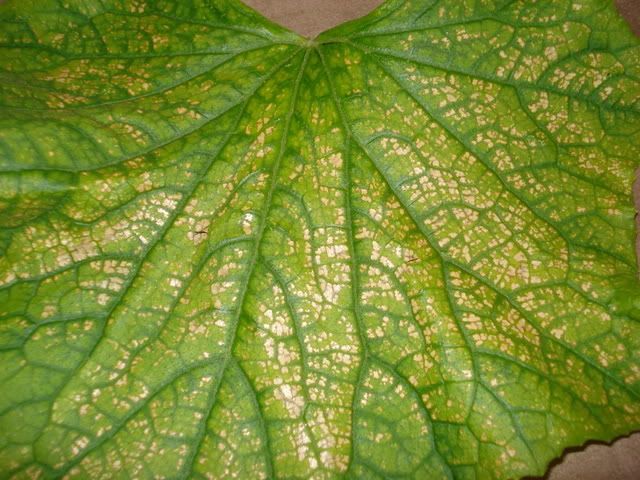
The next three pictures are of my green bean leaves. At first I thought it was halo blight, but again, doesn't really look like the photos. Then I thought maybe rust, but no residue comes off on my hands. Any ideas?
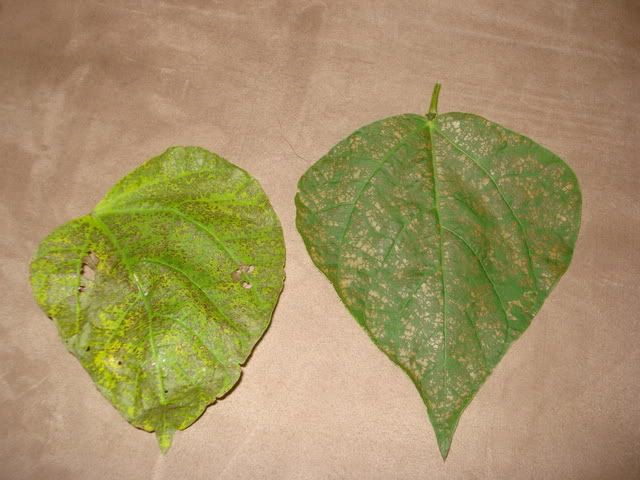
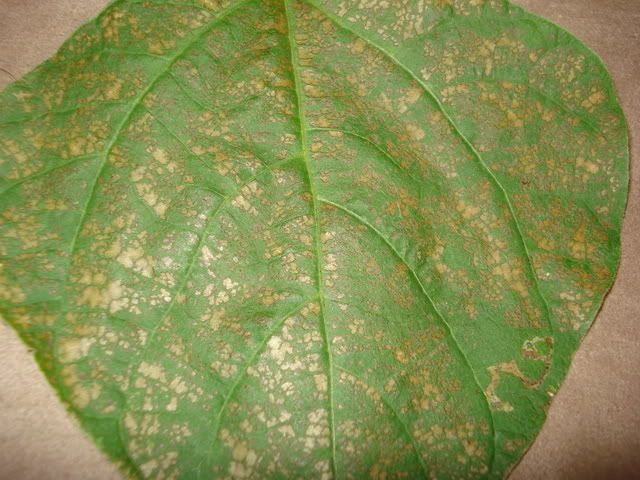
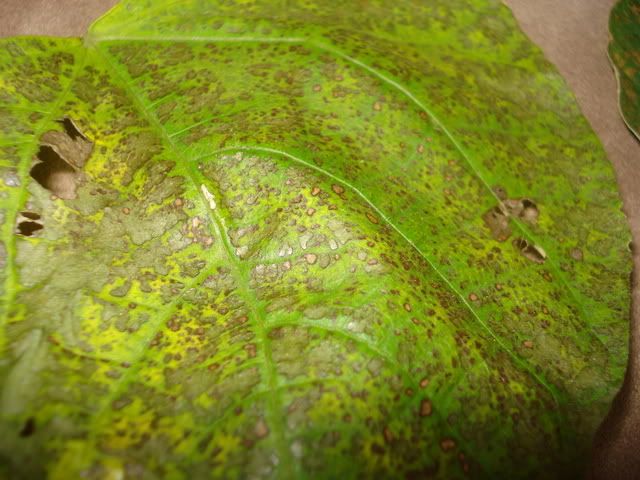
The conditions have been rainy, very windy, and cooler than normal for the past week. Could my poor plants just be stressed? I sure hope so. I will cry if I have to rip anything out, I've worked so hard. Oh, before I forget - these plants are growing right next to each other.
Oh, before I forget - these plants are growing right next to each other.
I can include pictures of the entire plants if that helps.
Thanks!!!:/
The first two pictures are of one of my cucumber leaves. I noticed this morning that many of them are starting to look like this. At first I thought "eek, mosaic virus!!!" but it doesn't look like the pics I've seen.


The next three pictures are of my green bean leaves. At first I thought it was halo blight, but again, doesn't really look like the photos. Then I thought maybe rust, but no residue comes off on my hands. Any ideas?



The conditions have been rainy, very windy, and cooler than normal for the past week. Could my poor plants just be stressed? I sure hope so. I will cry if I have to rip anything out, I've worked so hard.
 Oh, before I forget - these plants are growing right next to each other.
Oh, before I forget - these plants are growing right next to each other.I can include pictures of the entire plants if that helps.
Thanks!!!:/

 I wouldn't have guessed that. I haven't seen anything on them! What now? I was so lucky last year, I didn't have any pests until the very end of the season, and by that time, I just kind of gave up.
I wouldn't have guessed that. I haven't seen anything on them! What now? I was so lucky last year, I didn't have any pests until the very end of the season, and by that time, I just kind of gave up.  What can I do organically?
What can I do organically?